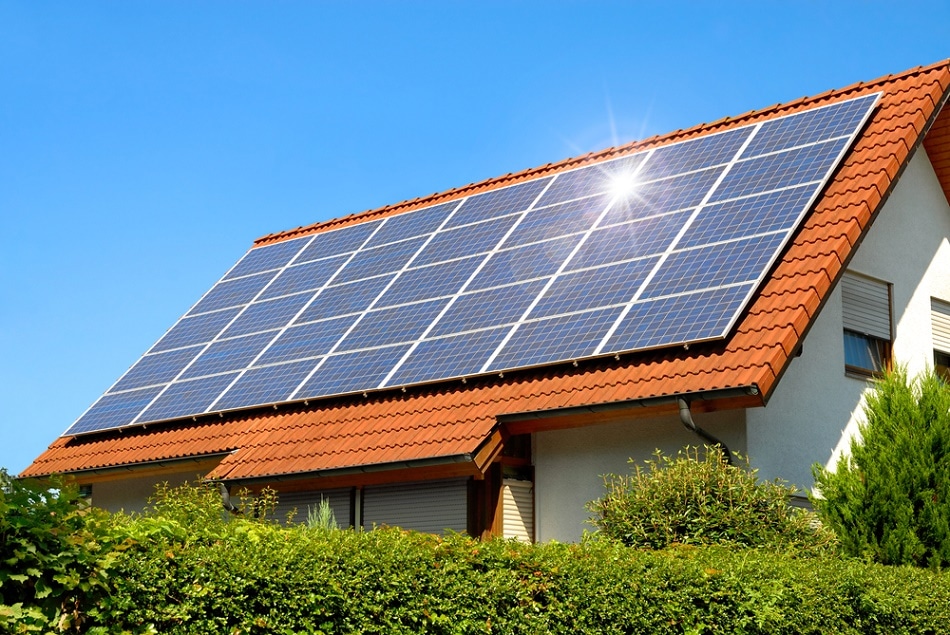Sep 29 2016
 Image Credit: Smileus/Shutterstock.com
Image Credit: Smileus/Shutterstock.com
Solar panels are being widely used across the world to help minimize the need for fossil fuels. However, traditional solar panels are also not free of environmental costs.
Researchers have made advances in developing more functional, "greener" solar cells with low-cost halide perovskite materials. They have made low-bandgap perovskite solar cells with 15% power conversion efficiency and have a reduced lead content.
Their findings are reported in the Journal of the American Chemical Society.
Researchers, who have been hoping that one day they would be able to replace silicon-based photovoltaic cells that are quite expensive and require tremendous energy to make, have now turned to a mixture of organic-inorganic lead halide perovskite materials that can be produced at a reduced cost with less energy compared to silicon-based materials.
In the past few years, the efficiency of perovskite materials has increased rapidly. However, to improve the efficiency further, two sub-cells have to be stacked with the top one displaying a wide bandgap and the bottom showing a low bandgap in order to develop a tandem cell.
The bandgap signifies the lowest energy of light that can be absorbed by a semiconductor. For many years, low-bandgap perovskite cells’ performance has been lagging. Yanfa Yan, Ren-Gen Xiong, Dewei Zhao and colleagues were trying to find a method to change this.
The researchers developed an innovative precursor solution by combining methylammonium lead iodide and formamidinium tin iodide for their solar cells. In their study they found low bandgaps in the resulting tin-lead perovskite cells with power conversion efficiency up to 15%. Other researchers recently described low-bandgap cells with nearly 13.6% efficiency.
The cells had 60% less lead compared to the lead-based single-junction and non-tandem perovskite solar cells that hold a record 22.1% efficiency. According to researchers, the enhanced efficiency and reduction in lead content for a low-bandgap cell signify a major move toward functional and more eco-friendly perovskite tandem solar cells.
The authors received funding from the U.S. Department of Energy SunShot Initiative, the National Science Foundation, the Ohio Research Scholar Program, and the National Natural Science Foundation of China.